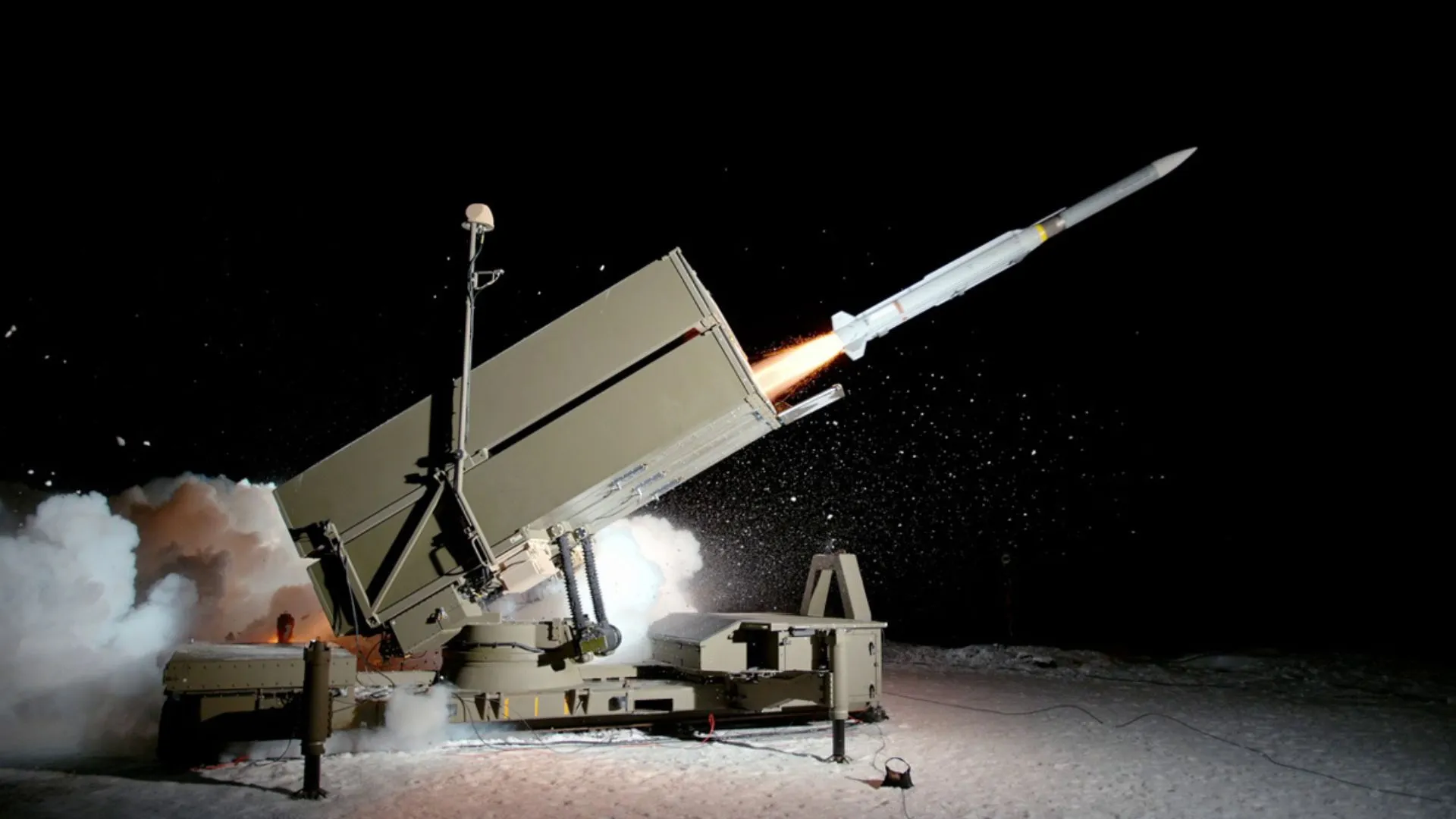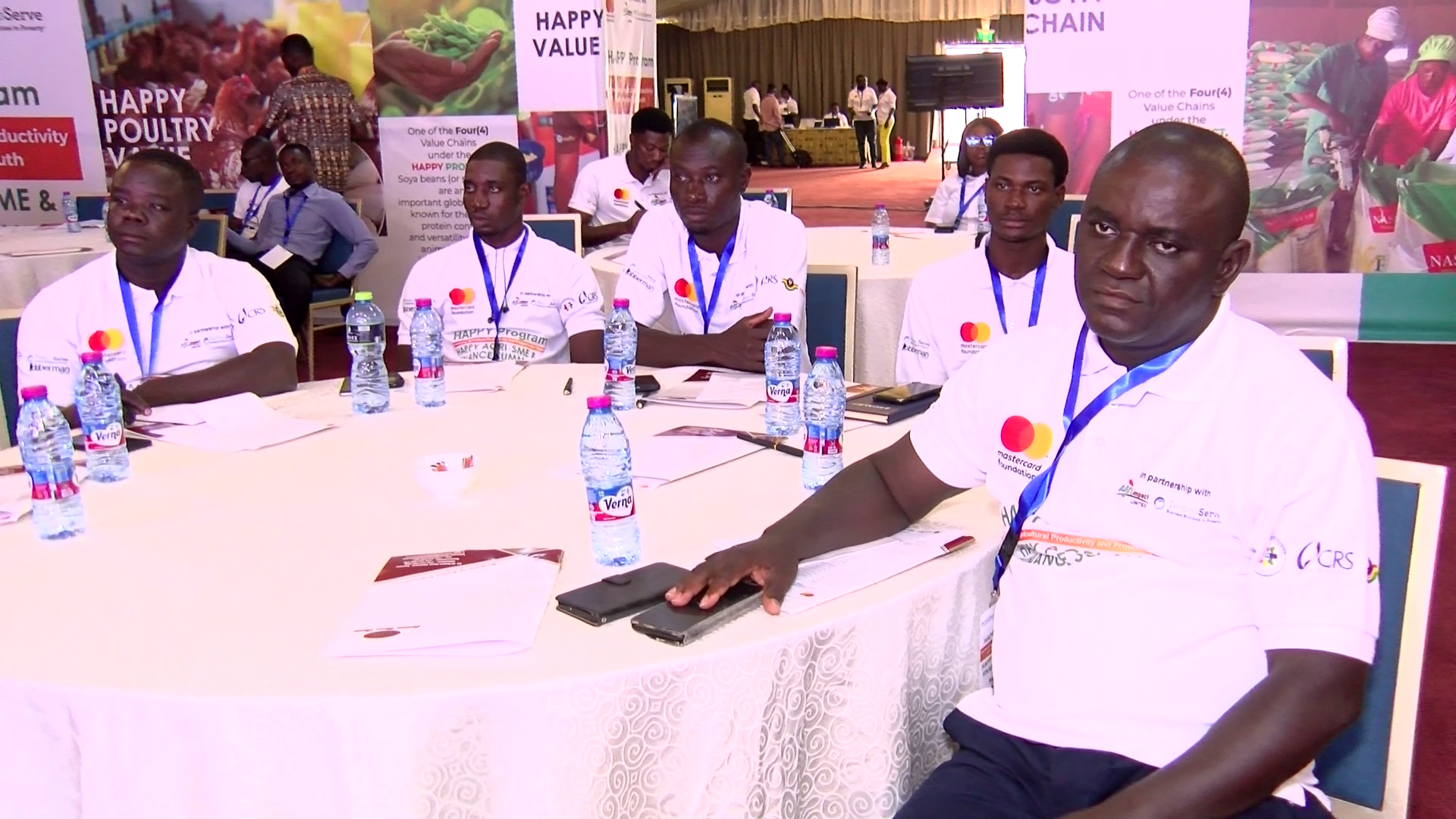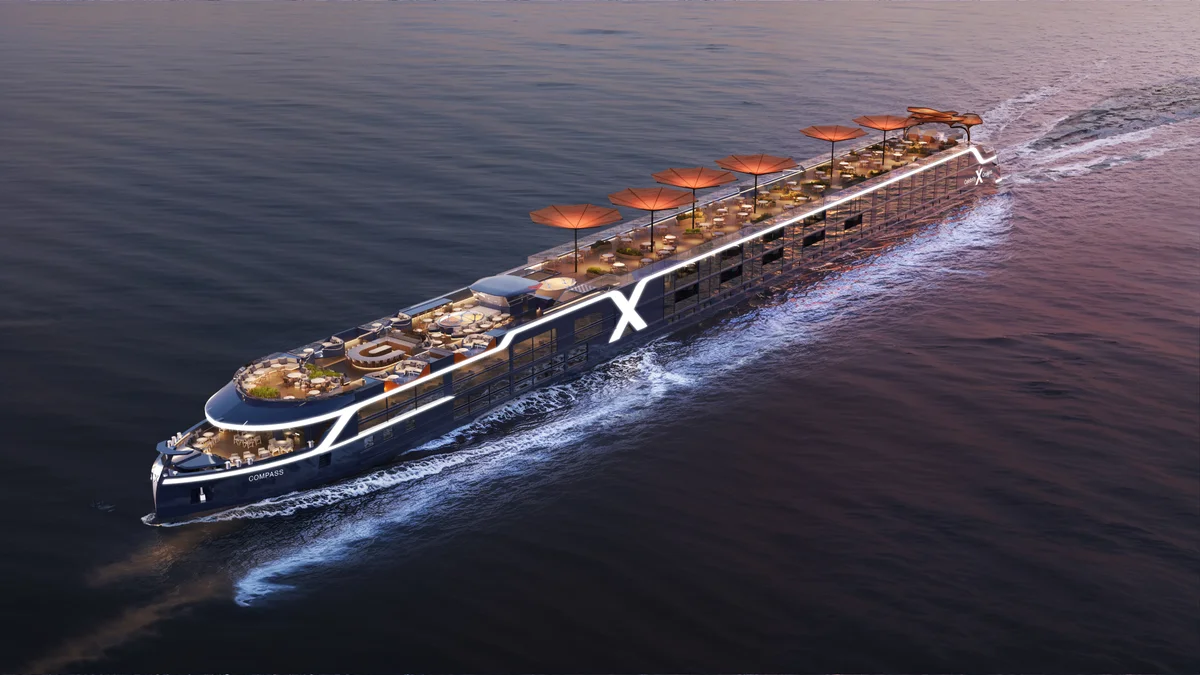
Taiwan is preparing to build what could be described as an “air defense wall” across the island with additional US-made National Advanced Surface-to-Air Missile Systems, or NASAMS, to strengthen its protection against Chinese aircraft and missiles.
A military source told Interesting Engineering at the Taipei Aerospace & Defense Technology Exhibition, held September 18 to 20, that the Taiwan Ministry of National Defense (MND) could buy nine additional NASAMS for the Republic of China Air Force (RoCAF) to complement the three systems already purchased in October 2024.
If completed, the deal would give Taiwan 12 NASAMS batteries, potentially enough to provide overlapping coverage of key areas against short- and medium-range threats such as aircraft, drones, helicopters, and cruise missiles.
In February, the US finalized a NT$24.98 billion (US$761.9 million) sale for the first three NASAMS.
The source added that Taiwan expects to receive one of those systems by the end of 2025, although delivery may slip.
US-developed missile shield
NASAMS, jointly developed by Kongsberg Defence & Aerospace of Norway and Raytheon of the United States, is the world’s first operational network-centric, short- to medium-range ground-based air defense system.
It features a modular design and can link multiple fire units into a single command-and-control network, allowing simultaneous engagements beyond visual range.
The system combines a command post known as the Fire Distribution Center, Raytheon’s AN/MPQ-64F1 Sentinel 3D radar, electro-optical and infrared sensors, and multiple missile launchers equipped with AIM-120 Advanced Medium-Range Air-to-Air Missiles (AMRAAM).
According to the manufacturers, several NASAMS fire units can be “netted” together through a low-latency communication network to maximize coverage and exploit the AMRAAM’s full range.
According to Kongsberg, NASAMS customers now include 13 air force and army operators worldwide. At the same time, 15 nations have adopted the Kongsberg command-and-control architecture for their air and missile defense requirements.
Upgrades extend reach
Recent upgrades add the AMRAAM Extended Range (ER) interceptor to increase engagement distances and the AIM-9X-2 missile optimized for short-range targets. This mix of interceptors underscores the system’s ability to adapt to evolving threats.
A standard NASAMS battery offers an effective engagement range of 15 to 20 miles (24 to 32 kilometers) and can hit targets up to 49,000 feet (15,000 meters) in altitude.
The system includes advanced sensors, such as AESA radar and the CEAFAR tactical radar, and uses passive detection tools. These features improve situational awareness and help identify targets more effectively.
Taiwan’s MND has not publicly confirmed the additional order, but the exhibition highlighted the system as part of its multi-domain deterrence strategy.
The ministry’s pavilion at the show displayed 51 new military systems, including US-made M1A2T Abrams main battle tanks, the HIMARS rocket launcher, and Taiwan’s indigenous Chiang-Kong missile.
If Taipei moves forward with the NASAMS expansion, it would be one of the most significant efforts to create a layered air defense system.
This step shows Taipei’s increasing focus on countering Chinese missile and aircraft threats using local and imported systems.



